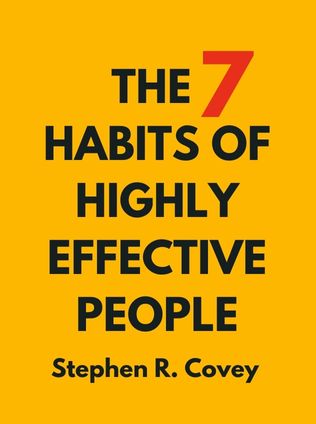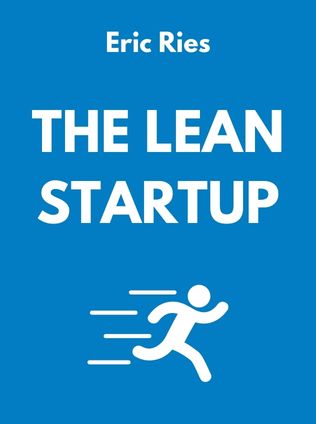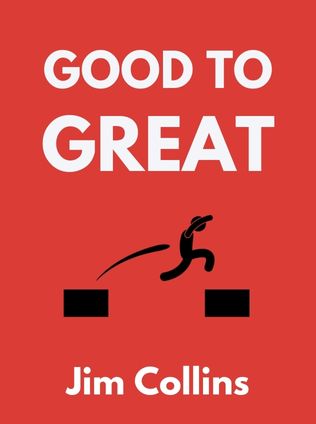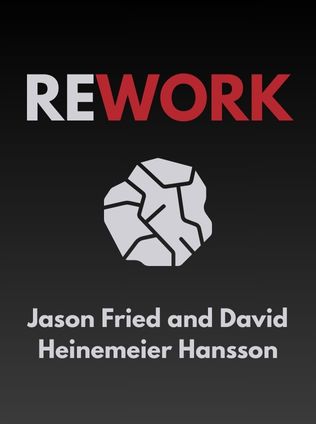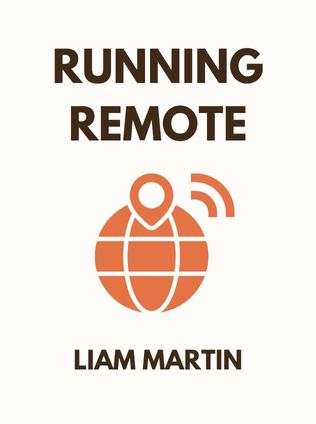
Running Remote
Master the Lessons from the World’s Most Successful Remote-Work Pioneers
By Liam Martin,
Published 08/2022
About the Author
Liam Martin and Rob Rawson are pioneers in the field of remote work, with extensive experience in building and managing distributed teams. Martin, a co-founder of Time Doctor and Staff.com, has been at the forefront of creating tools and resources for remote work management. His passion for efficiency and productivity shines through in his work. Rawson, also a co-founder of Time Doctor, brings a background in medicine and business, providing a unique perspective on the human and operational aspects of remote work. Together, they have crafted "Running Remote," a book that encapsulates their insights and experiences, aiming to help organizations transition smoothly into remote-first operations.
Main Idea
"Running Remote" is a groundbreaking book that explores the evolving landscape of remote work, focusing on the concept of the "Async Mindset." The authors challenge traditional office norms and present a new way of working that prioritizes asynchronous communication, deep work, and employee autonomy. This approach is not merely a reaction to recent global shifts but a deliberate strategy for enhancing productivity, employee satisfaction, and overall organizational success. The book argues that the future of work lies in mastering the principles of remote work, which include clear communication, well-documented processes, and robust metrics.
Table of Contents
- The Spaceless Office: Mastering the Fundamentals
- Deliberate Async Communication
- Democratized Workflow: The Power of Process
- Detailed Metrics: Multidimensional Proof
- The Timeless Team: Building Remote/Async Culture
- The End of Cities
- On-ramping the Remote Worker
- The Perils of Going Remote...for Companies in Transition
The Spaceless Office: Mastering the Fundamentals
The concept of the "Spaceless Office" represents a fundamental shift in how we perceive the workplace. Traditionally, work has been associated with a specific physical location—a space filled with desks, cubicles, and meeting rooms. However, Martin and Rawson argue that this physical presence is no longer necessary for productivity or collaboration. Instead, they propose a model where work is independent of location, emphasizing flexibility and autonomy.
The authors debunk several myths that have emerged from the Silicon Valley work culture, such as the idea that perks and physical amenities can substitute for genuine work-life balance and job satisfaction. They assert that real autonomy comes from the ability to manage one's time and tasks without being tied to an office. This autonomy is a core component of the Async Mindset, which encourages employees to work when they are most productive and communicate asynchronously to minimize disruptions.
"Remote work is not about recreating the office environment in a different location; it's about rethinking how we work entirely." - Liam Martin & Rob Rawson
The shift to a spaceless office requires a complete rethinking of how we approach work. It demands that companies move away from micromanagement and rigid schedules, focusing instead on outcomes and efficiency. This approach not only improves productivity but also enhances employee satisfaction by providing a more balanced and flexible work environment.
Deliberate Async Communication
At the heart of the Async Mindset is deliberate communication. Unlike traditional work environments where communication often happens in real-time and can be disruptive, asynchronous communication allows employees to process information at their own pace. This method reduces interruptions and allows for more thoughtful and thorough responses. Martin and Rawson emphasize that asynchronous communication is not just about using tools like email or messaging apps; it is about a cultural shift towards intentional and purposeful exchanges.
In an async environment, communication is documented and accessible to everyone, ensuring transparency and clarity. This openness helps to democratize decision-making processes, allowing more voices to be heard and considered. The authors highlight that asynchronous communication fosters a culture of respect, where each team member's time and focus are valued.
Sign up for FREE and get access to 1,400+ books summaries.
You May Also Like
The Life-Changing Magic of Tidying Up
The Japanese Art of Decluttering and Organizing
By Marie KondoThe Lean Startup
How Today's Entrepreneurs Use Continuous Innovation to Create Radically Successful Businesses
By Eric RiesWho Moved My Cheese?
An Amazing Way to Deal with Change in Your Work and in Your Life
By Spencer Johnson, M.D.Make Your Bed
Little Things That Can Change Your Life...And Maybe the World
By William H. McRaven

